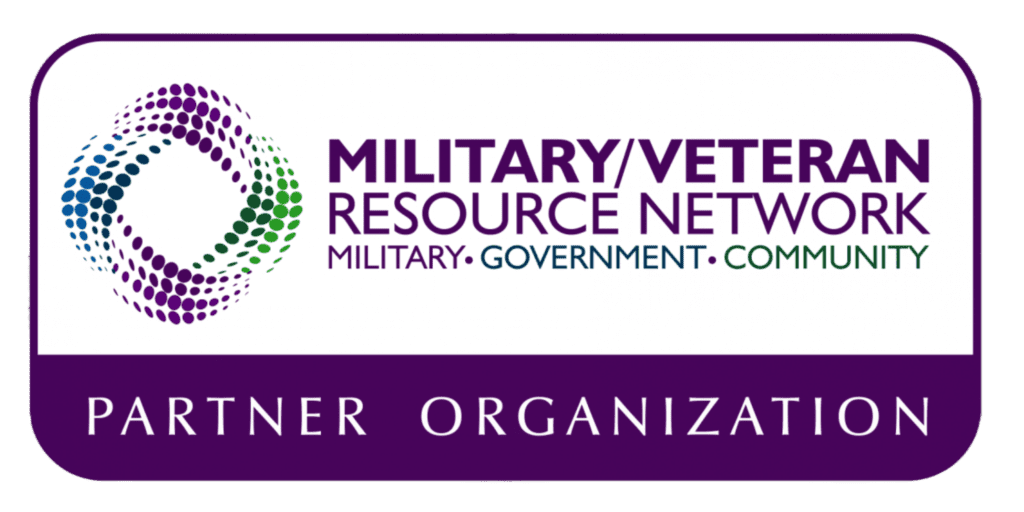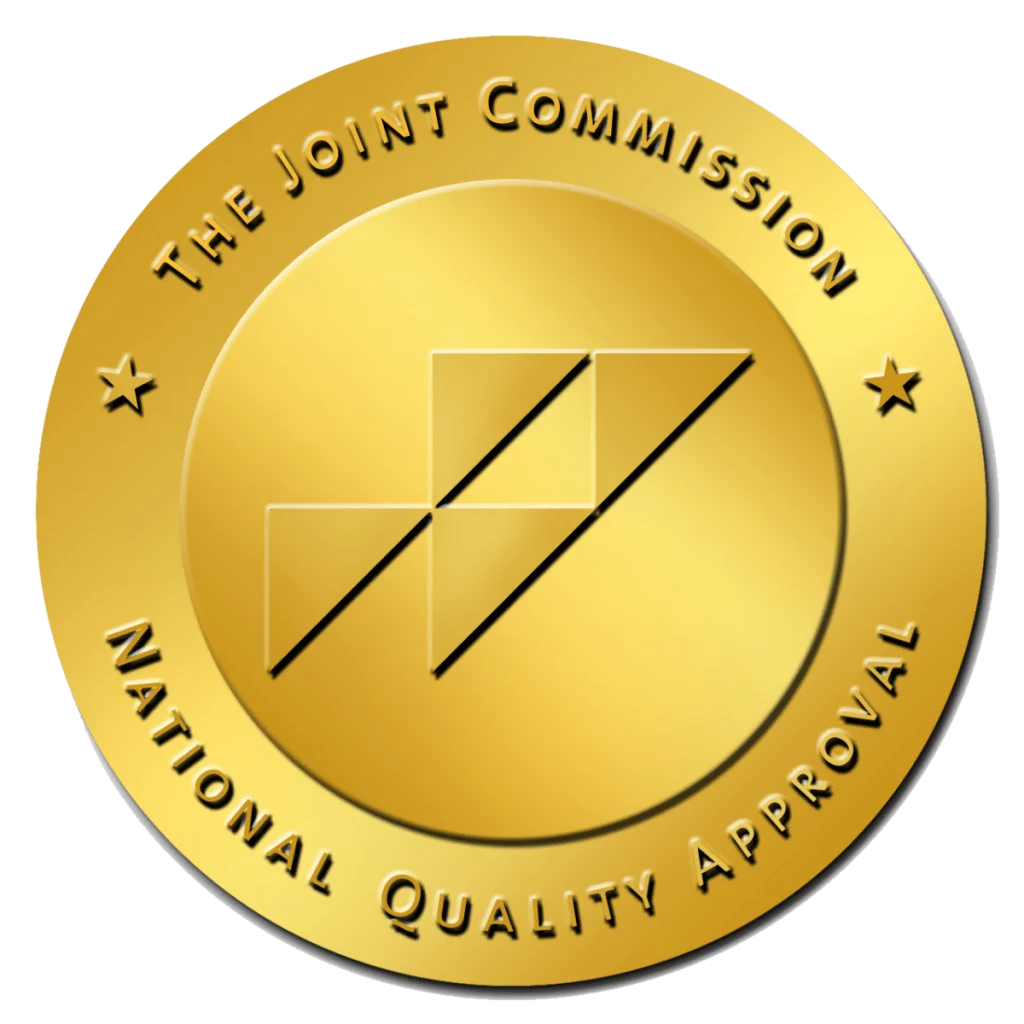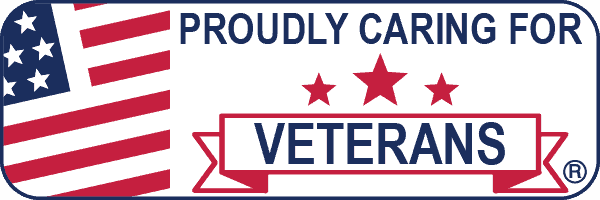The recovery process takes most people on a number of turns, including periods where you will feel increased cravings and urges. Cravings are hard-to-ignore thoughts and feelings that we often feel like we need to fight. Urge surfing is a way to manage cravings without having to take a fighting stance.
How Does Urge Surfing Work?
Think of urge surfing as a process that allows you to ride the waves of cravings and intense urges, letting them have their moment without giving into their demands. It may sound confusing, but mastering the technique could make a significant difference in your health and well-being.
Dr. G. Alan Marlatt, a clinical psychologist, spent much of his career studying relapse prevention, working with several techniques and interventions to help people avoid relapse. He was well recognized for the work he did in the 1980s through the early 2000s. One of the notable research outcomes was the revelation that old habits, including the use of substances, occur in the body as physical sensations. For example, a person with a craving to use a substance may also have a debilitating headache or an intense bout of nausea. Some people develop pain or discomfort alongside the cravings.
Marlatt theorized that acknowledging the cravings would work better than trying to avoid or ignore them. In other words, instead of judging yourself a failure because your body and brain are craving substances, you recognize this as a normal part of the journey. You don’t place blame or guilt; instead, you accept the cravings and learn to work through them.
Cravings are Normal
Perhaps one of the hardest things for many people to recognize is that a craving isn’t a failure. It occurs as the body and brain are working to heal. Initially, there may be more urges, but over time, they are likely to diminish. Don’t think of cravings as a sign you are going to relapse; instead, see them as a reminder to take some time to give your mind and body healing attention.
How to Practice Urge Surfing
Urge surfing is a type of mindfulness meditation, which requires you to focus your full attention on the current moment. It can help to reduce anxious feelings, clear your thoughts, and help you to come back to reality. Here’s how to try it yourself.
The next time you feel urges, work through this process.
- Find a quiet place where you can be alone. Sit in a comfortable, relaxed manner and close your eyes. Take a moment to let your heart rate settle.
- As you sit, focus your attention on each area of your body, one by one, feeling what that area is experiencing at that moment, such as the cold ground under your feet or the way your fingers and hands feel tense.
- As you move from one area of the body to the next, describe to yourself how that specific body part feels in this moment.
- As you reach your abdomen, focus your attention on your breathing. Take long, deep inhales and exhales until you feel a sense of calm. Then return to breathing naturally.
- Now shift your thoughts to the areas of your body impacted by the cravings, such as a headache or nausea. Whatever physical sensations you feel when cravings occur, focus on that area of the body for a few moments. Continue to breathe naturally.
- Think about the urge, but only for a moment. Then switch back to focusing on the breath. Do this back and forth for a few minutes.
- Soon, you will notice that the physical sensations you are having have passed, and you’re back in control over your urges and cravings.
- Remain quiet and focused for as long as you need to until you feel confident the urge has passed.
Then, get back to your day. Don’t put any more attention or time on the urge than you already have spent. If you feel the physical sensations again, repeat the process. It can take some time to master the process, but doing so can be well worth the experience.
Recognize the Need to Reach Out for Help
Urge surfing is one of the best ways to manage cravings, allowing you to recenter your thoughts and bring back your focus on sobriety. If it is not working or you find yourself dealing with cravings regularly, it may be time to explore additional help.
At Canyon Vista Recovery Center in Mesa, AZ, we offer a wide range of tools and resources to help you on the recovery path. Reach out to us today to learn more about inpatient or outpatient treatment for addiction. We can help you avoid relapse and build the success you desire and deserve.










